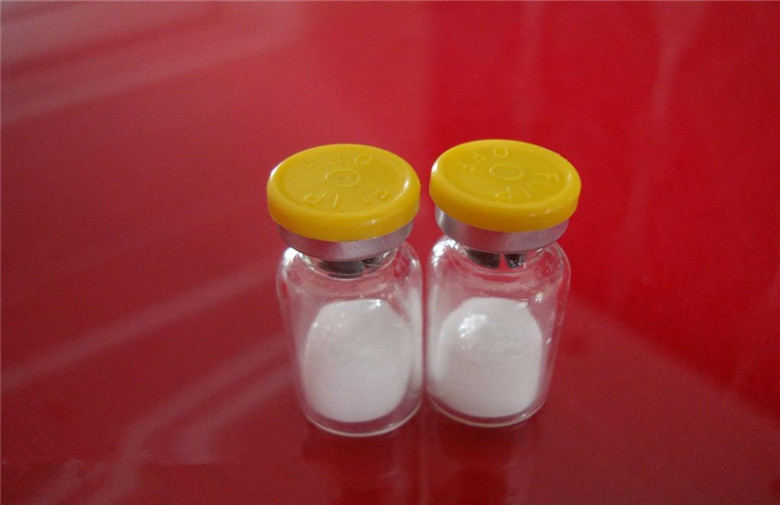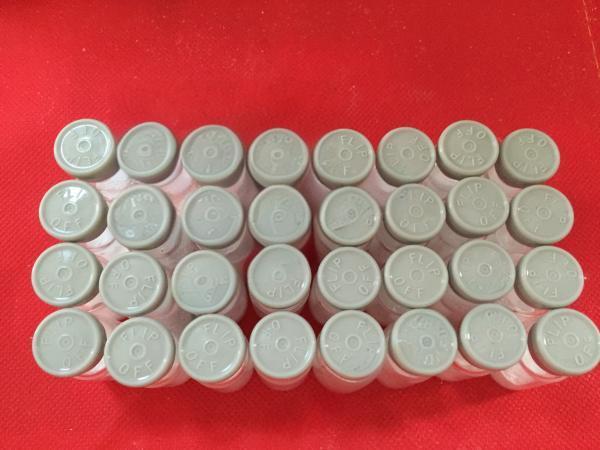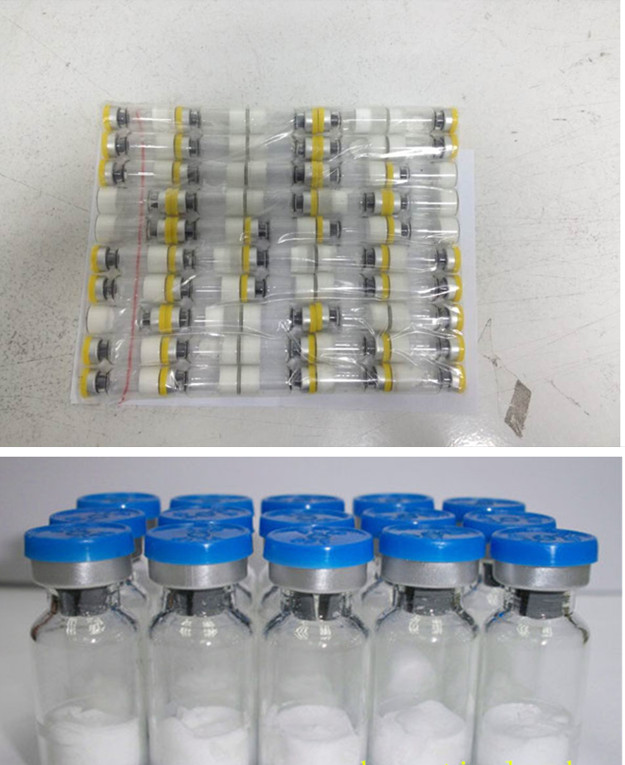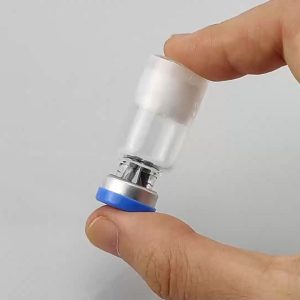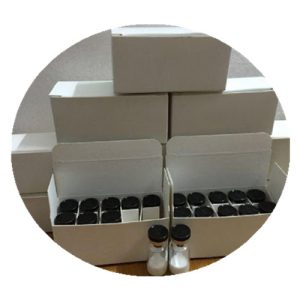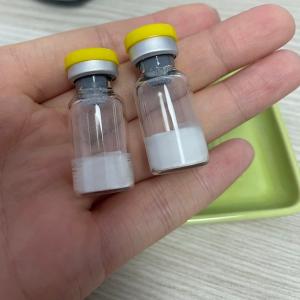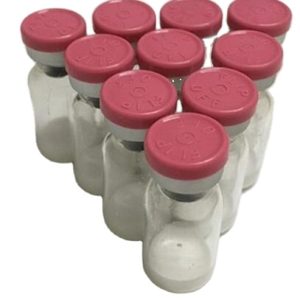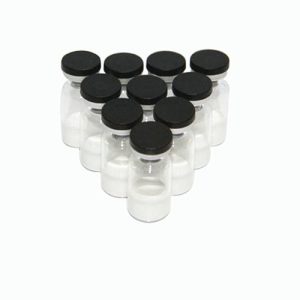Aviptadil is a peptide, also known as Vasoactive Intestinal Peptide, VIP. It consists of 28 amino acids and its sequence is somewhat similar to glucagon.
Aviptadil has a variety of medical uses. It has a vasodilating effect and can lower blood pressure. In addition, it can promote the secretion of intestinal fluid, but its effect on pancreatic secretion is weaker. It can also inhibit the secretion of gastric juice and the contraction of digestive tract smooth muscle. In terms of physiological effects, Aviptadil relaxes smooth muscle by promoting the synthesis of nitric oxide (NO) in target cells, has a strong effect on visceral blood vessels, but has no effect on femoral arteries.
Aviptadil has a wide range of applications, mainly in scientific research and pharmacological experiments. It can also be used in the study of pulmonary fibrosis, pulmonary hypertension, respiratory failure caused by SARS-CoV-2, etc.
density 1.47±0.1 g/cm3(Predicted)
storage temp. −20°C
solubility 1% acetic acid: soluble 0.1%, clear, colorless
form powder
Water Solubility Soluble to 1 mg/ml in water
InChIKey HEOYHMUESMJFDC-RIWXPGAOSA-N
More Introduction:https://en.wikipedia.org/wiki/Aviptadil
